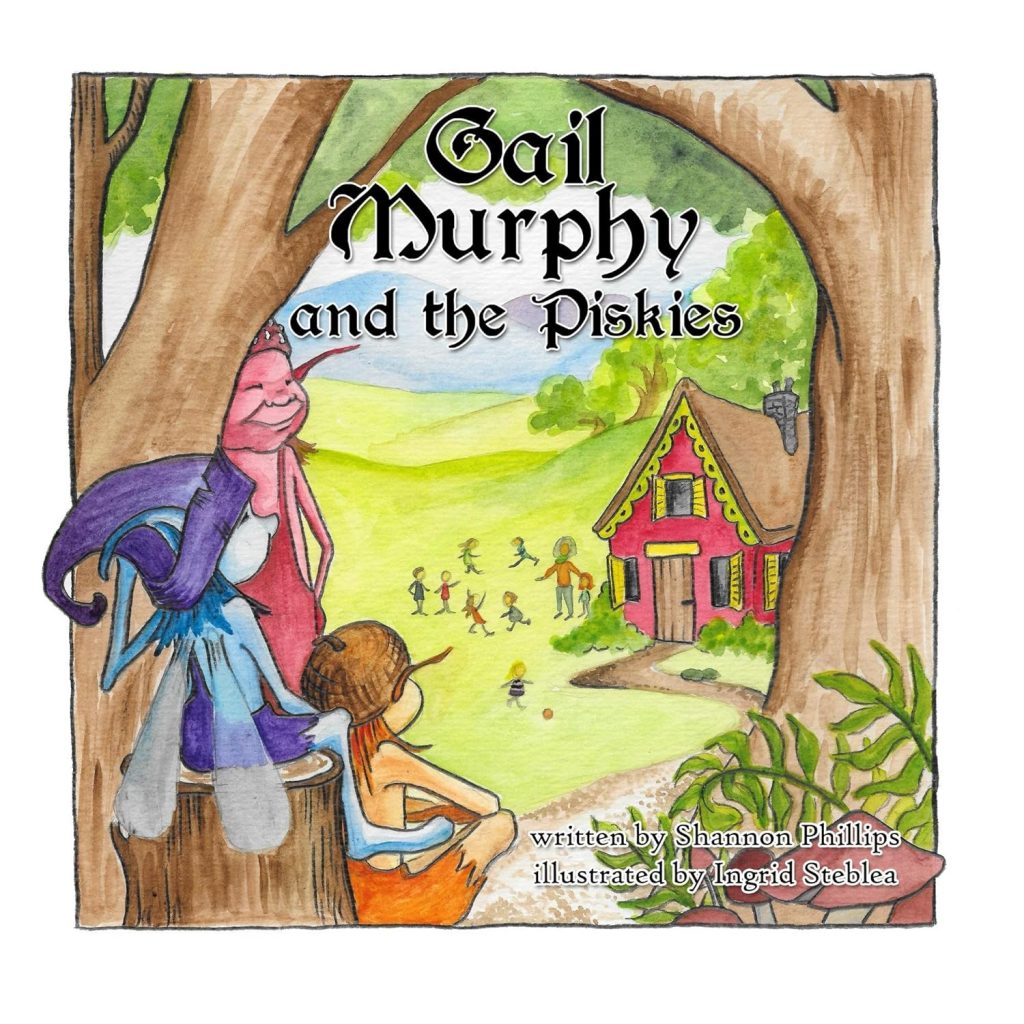What’s for Dinner
Look what I found on my hard drive: a picture of a dinner I must have made months ago.

I remember it being yummy as well as pretty. The recipe is from the San Francisco Ferry Plaza Farmer’s Market Cookbook, which I use a lot, because it’s structured around the kind of local ingredients that we tend to get in our box. The salmon cakes involved a pound of skinned, deboned salmon, coarsely chopped and mixed with half a cup of chopped fresh cilantro, a fourth of a cup of scallions, a fourth of a cup of fresh bread crumbs, two tablespoons of dijon mustard, and a bit of salt and pepper, patted into shape and fried in a skillet over medium heat with a little bit of olive oil, about five minutes a side. The relish is just onion, corn kernels, tomatoes, and fresh basil, sauteed for a few minutes to soften the onion and corn. If you can get responsibly sourced salmon for a reasonable price, it makes a nice presentation without too much work.
This week we got a bunch of chard, a very small head of red leaf lettuce, a bag of bok choy, a pint of figs, a bunch of radishes, three sweet peppers, three beets, six small tomatoes (assorted kinds), six Gala apples, and a very big squash. The flier in the box says it’s a Kabocha squash, but I don’t think it is: it’s orange and diamond-shaped, and all the pictures of Kabocha squash that I can find are round and dark green. Mom, do you know what kind of squash this is?

Anyway, here’s the meal plan. Last night we had chard soufflé; tonight we’re having arroz con pollo with the tomatoes and peppers. My grandmother was kind enough to send a long a recipe that used to be her mother’s; I’ll post it after I’ve had the chance to try it out.
Friday I’ll roast the squash and make it into soup. I’ll probably make a salad to go alongside. Saturday we’ll have borscht.
There’s always a ton of leftovers from the recipe I use for borscht, so I’m not sure we’ll need much more food to last us through the week, but I did notice that they had local grass-fed “lamb” at the meat counter at Whole Foods. I put lamb in quotes because I think this time of year it must actually be mutton? For some reason in the U.S. they refuse to distinguish between lamb and mutton. Anyway, amusingly enough, my “bible of Italian cooking,” the Silver Spoon cookbook, includes a recipe for English Mutton Chops that seems easy and quick (brush ’em with butter and put ’em under the broiler? Okay!). So on Sunday I will be a Californian using an Italian recipe for English mutton chops. And then I think we’ll have enough leftovers for Monday and Tuesday; if not, some kind of quick pasta is always our friend.





















